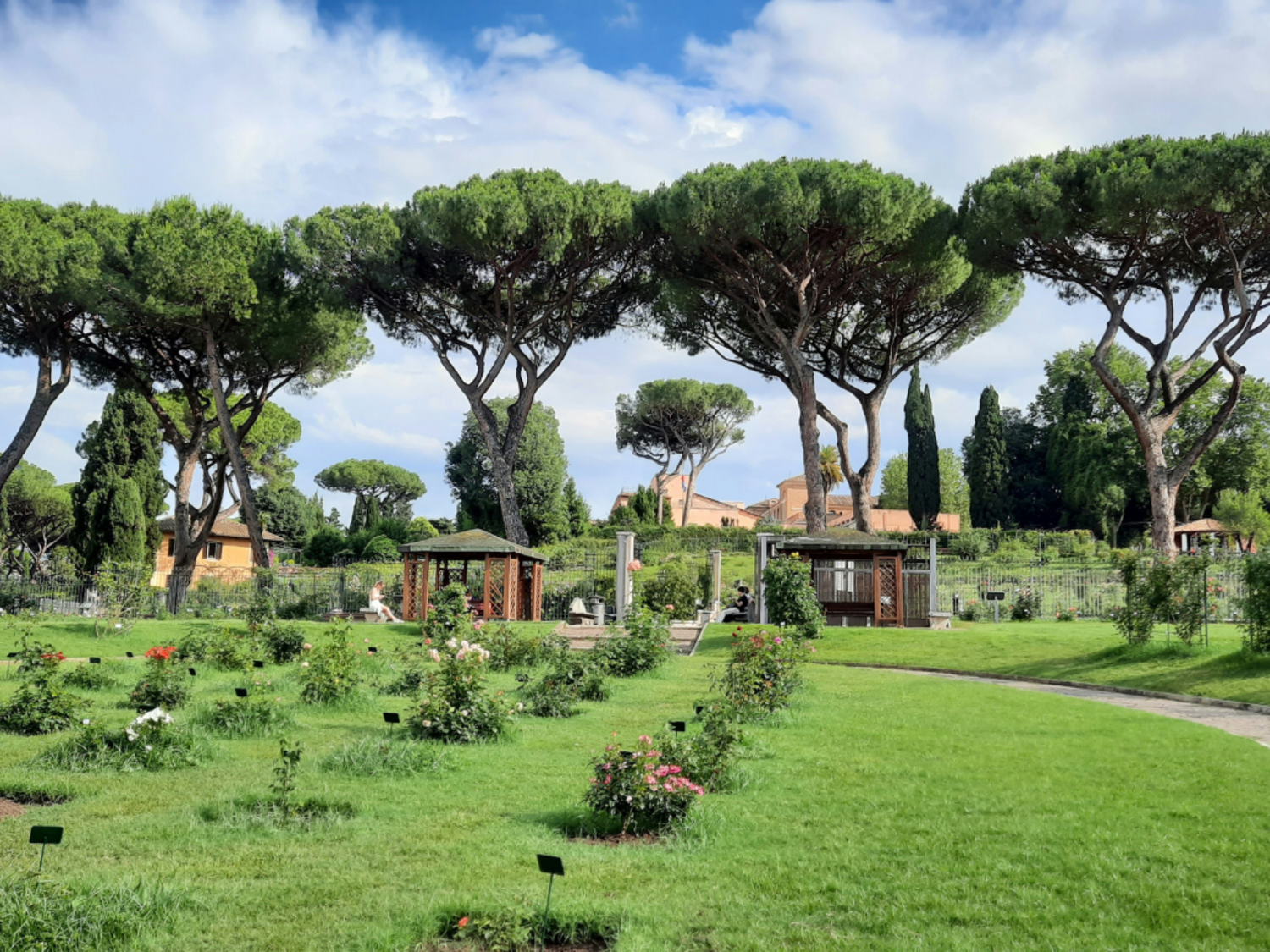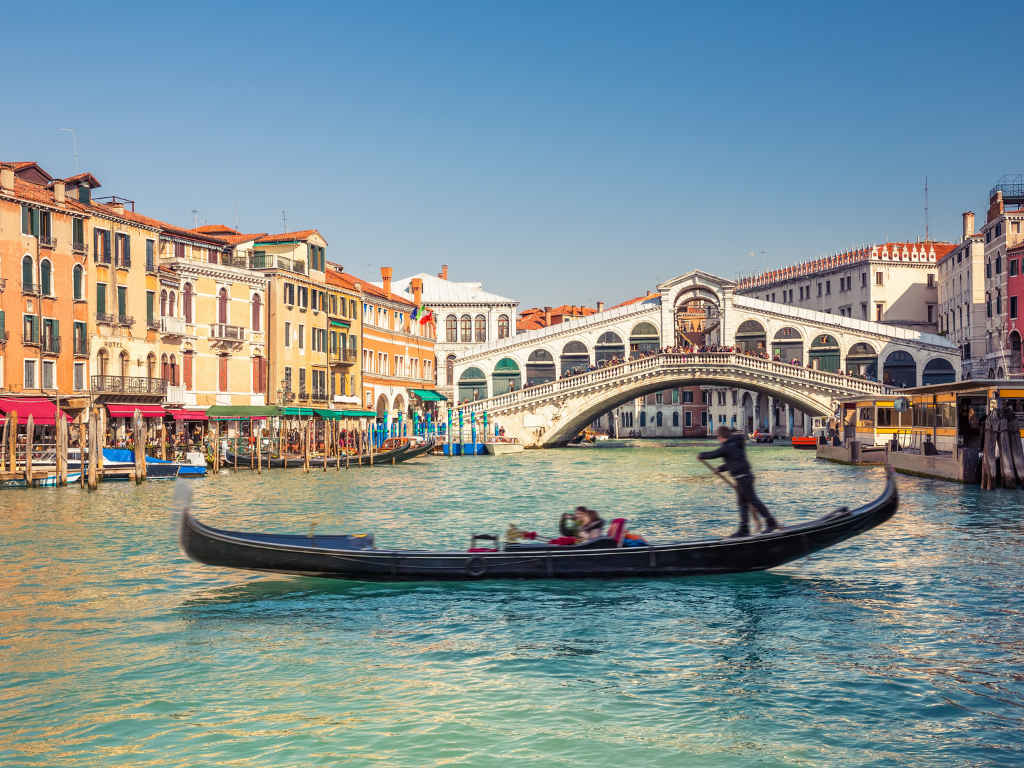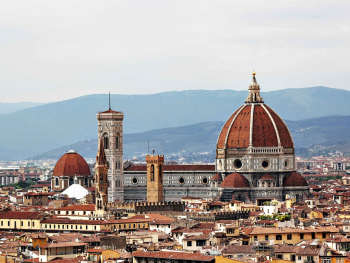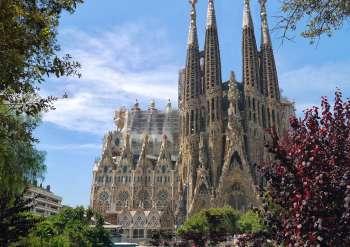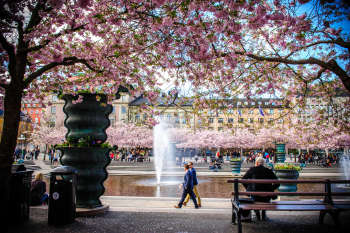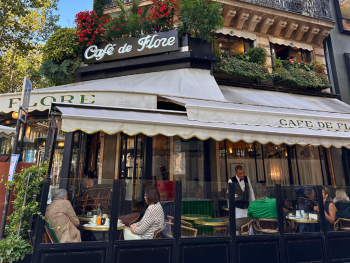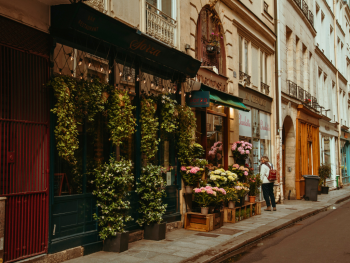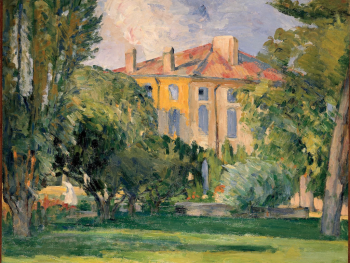Tucked away on the gentle slopes of the Aventine Hill, the Roseto Comunale (Municipal Rose Garden) offers a fragrant escape from Rome’s bustling streets. With over 1,100 varieties of roses from around the world, this seasonal garden is a must-visit for nature lovers, photographers, and anyone seeking a peaceful retreat amid the Eternal City's ancient landmarks.
Location & How to Get There
The Roseto Comunale is located at Via di Valle Murcia, 6, just across from the historic Circus Maximus. It's easily accessible via public transportation: take Metro Line B to the Circo Massimo station, and from there, it's a short walk to the garden's entrance. For visitors with disabilities, an accessible entrance is available at Clivo dei Publicii, 3.
A Garden with Deep Roots
Long before the Roseto Comunale became a sanctuary for rose lovers, the site held deep cultural and spiritual significance. Nestled on the eastern slope of the Aventine Hill, the area was sacred in antiquity.
It was once dedicated to Flora, the Roman goddess of flowers and spring, and served as a setting for the Floralia, a lively festival marked by theatrical performances, floral decorations, and celebrations of renewal and fertility.
From the mid-17th century until the early 20th century, the land took on a more somber role: it became Rome’s Jewish cemetery. For nearly 300 years, the Jewish community used this quiet corner of the city as a burial ground. Even after the cemetery was moved in the 1930s, the memory of this past was preserved. In a thoughtful tribute, the layout of the rose garden’s paths was designed in the shape of a menorah, and a commemorative stele at the entrance acknowledges the site’s layered legacy.
The idea of a public rose garden in Rome began to take root in the early 20th century. The original Roseto, located near the Colosseum, was established in 1931 and became a symbol of peace and international cooperation through its hosting of the Premio Roma, a rose competition that attracted horticulturists from around the world. Sadly, that original garden was destroyed during World War II.
The rebirth of the rose garden came in 1950 when it was relocated to its present location on the Aventine Hill. One of the garden’s greatest champions was Countess Mary Gayley Senni, an American-born Roman noblewoman and dedicated horticulturist. She was instrumental in curating its original collection of roses and shaping it into a cultural institution. Her vision was not just to cultivate beauty, but to create a living museum that connected past and present—an ethos still evident today.
A Blooming Collection
Spanning approximately 10,000 square meters, the Roseto Comunale showcases an impressive array of rose species from across the globe, including unique varieties from China and Mongolia. Visitors can marvel at the Rosa Chinensis Virdiflora, known for its green petals, the Rosa Chinensis Mutabilis, which changes color over time, and the Rosa Foetida, notable for its strong scent.
The garden is divided into two main sections:
-
Upper Garden: Features a permanent collection of classic, ancient, and modern rose varieties.
-
Lower Garden: Hosts the annual Premio Roma, a prestigious international competition evaluating new rose cultivars. This section opens to the public after the competition concludes in late May.
Visiting Hours & Admission
The Roseto Comunale is open to the public during the peak blooming seasons:
-
Spring Opening: From April 21 (coinciding with Rome's birthday celebrations) to mid-June.
-
Autumn Opening: A shorter period in October, depending on the bloom cycle.
Daily visiting hours are from 8:30 AM to 7:30 PM. Admission is free.
Why You Should Visit
Beyond its botanical allure, the Roseto Comunale offers panoramic views of Rome's historic landmarks, including the Palatine Hill, the dome of the Synagogue, and the Vittoriano monument. The garden's serene atmosphere provides a perfect setting for leisurely strolls, photography, or simply unwinding amidst nature's beauty.
Nearby Attractions
While visiting the rose garden, consider exploring other nearby sites:
-
Giardino degli Aranci (Orange Garden): A tranquil park offering stunning views of the city.
-
Basilica of Santa Sabina: One of Rome's oldest churches, known for its beautiful architecture.
-
The Keyhole of the Knights of Malta: A unique vantage point offering a perfectly framed view of St. Peter's Basilica.
Final Thoughts
The Roseto Comunale is a hidden gem that encapsulates Rome's blend of history, culture, and natural beauty. Whether you're a flower enthusiast or simply seeking a quieter walk through a less visited part of Rome, this rose garden promises a memorable experience during the city's vibrant spring and autumn seasons.
